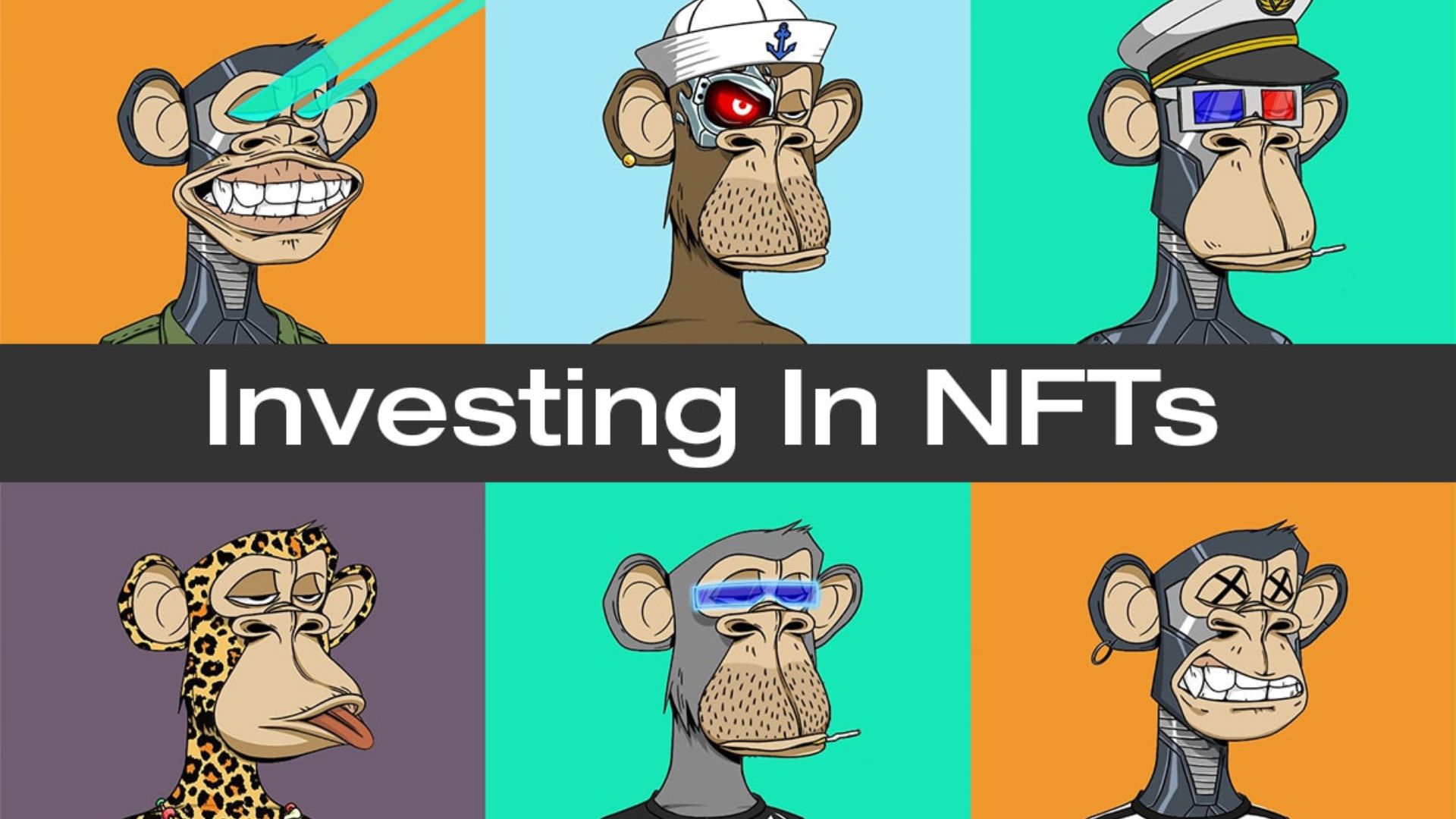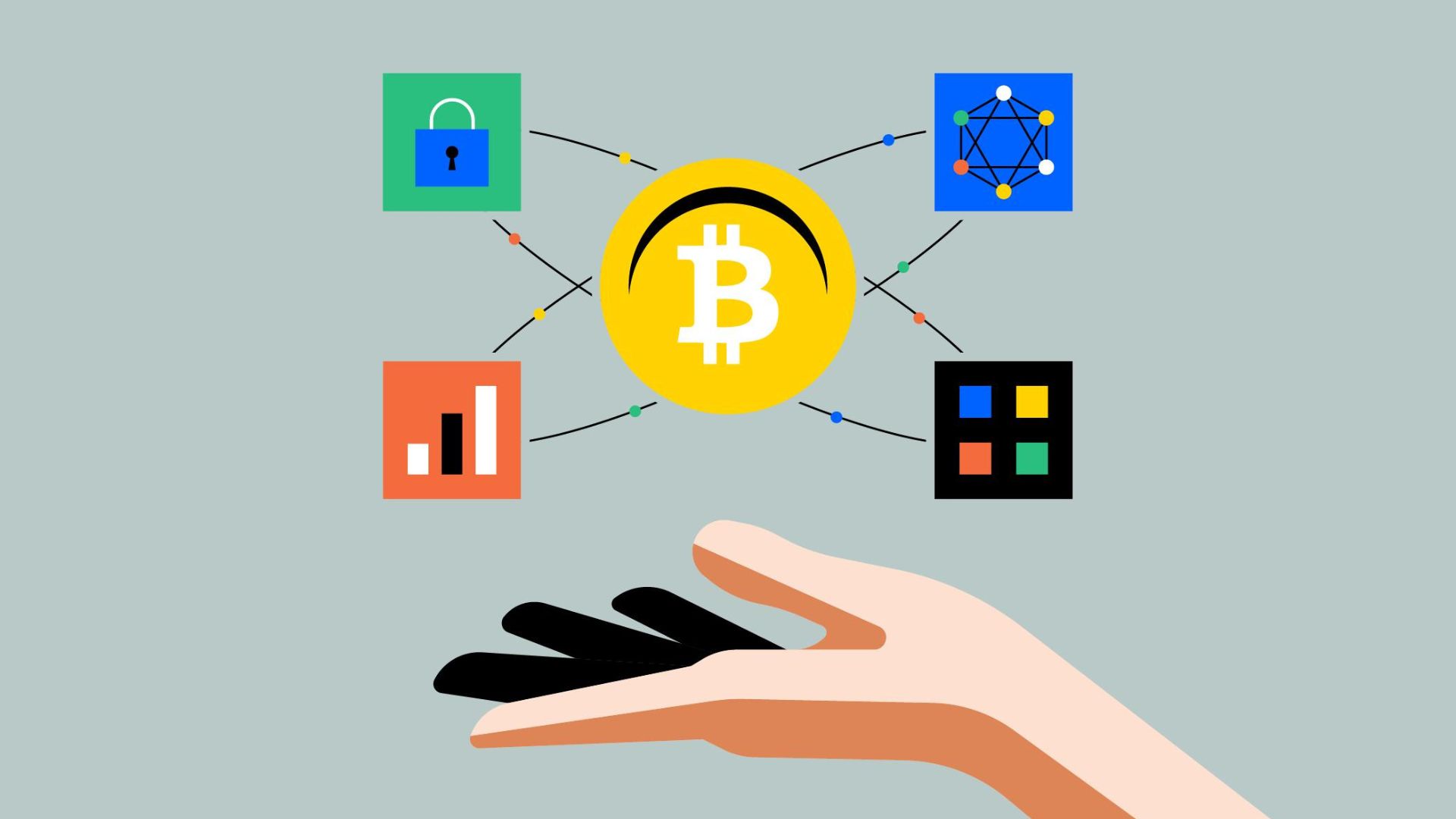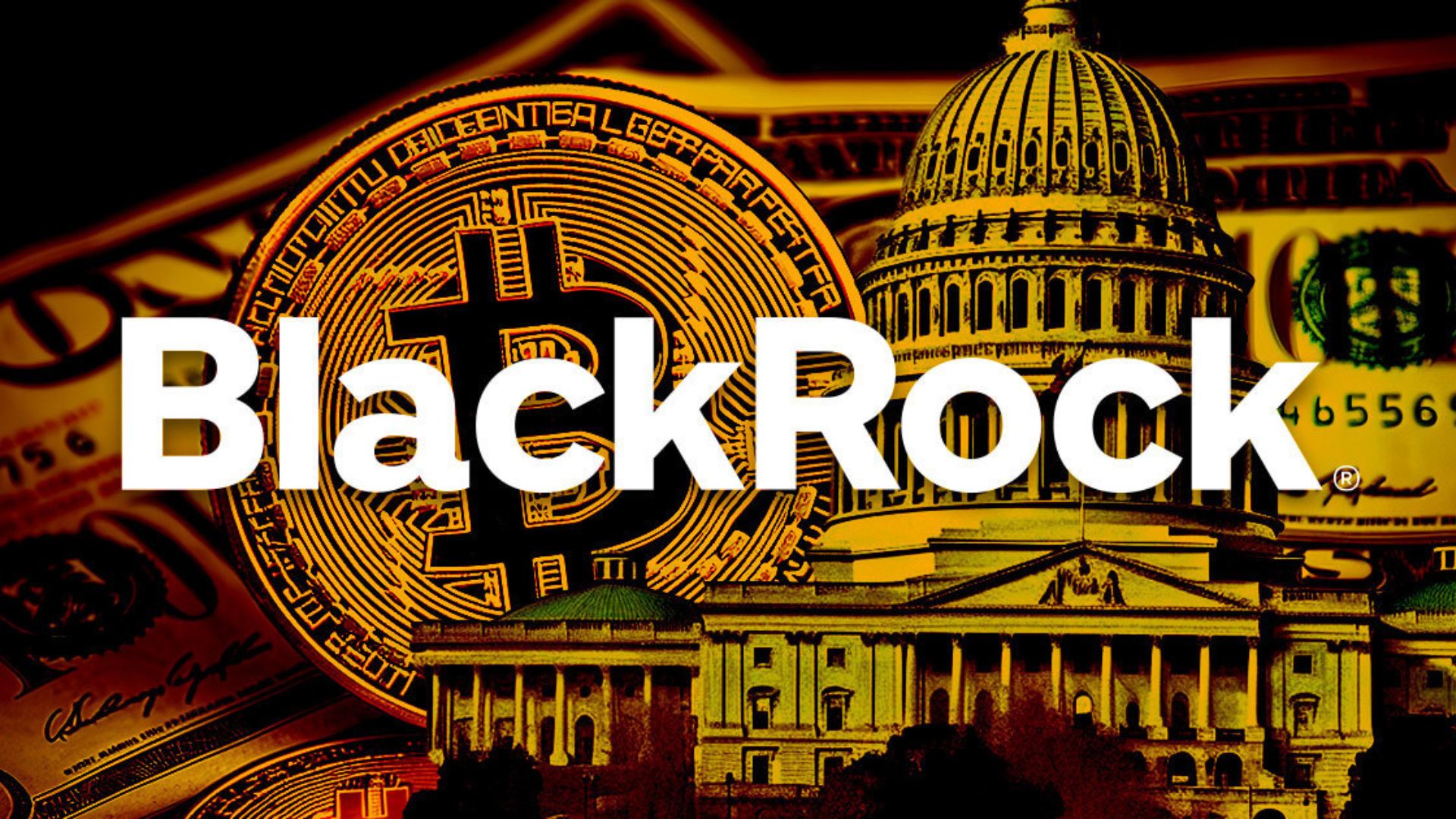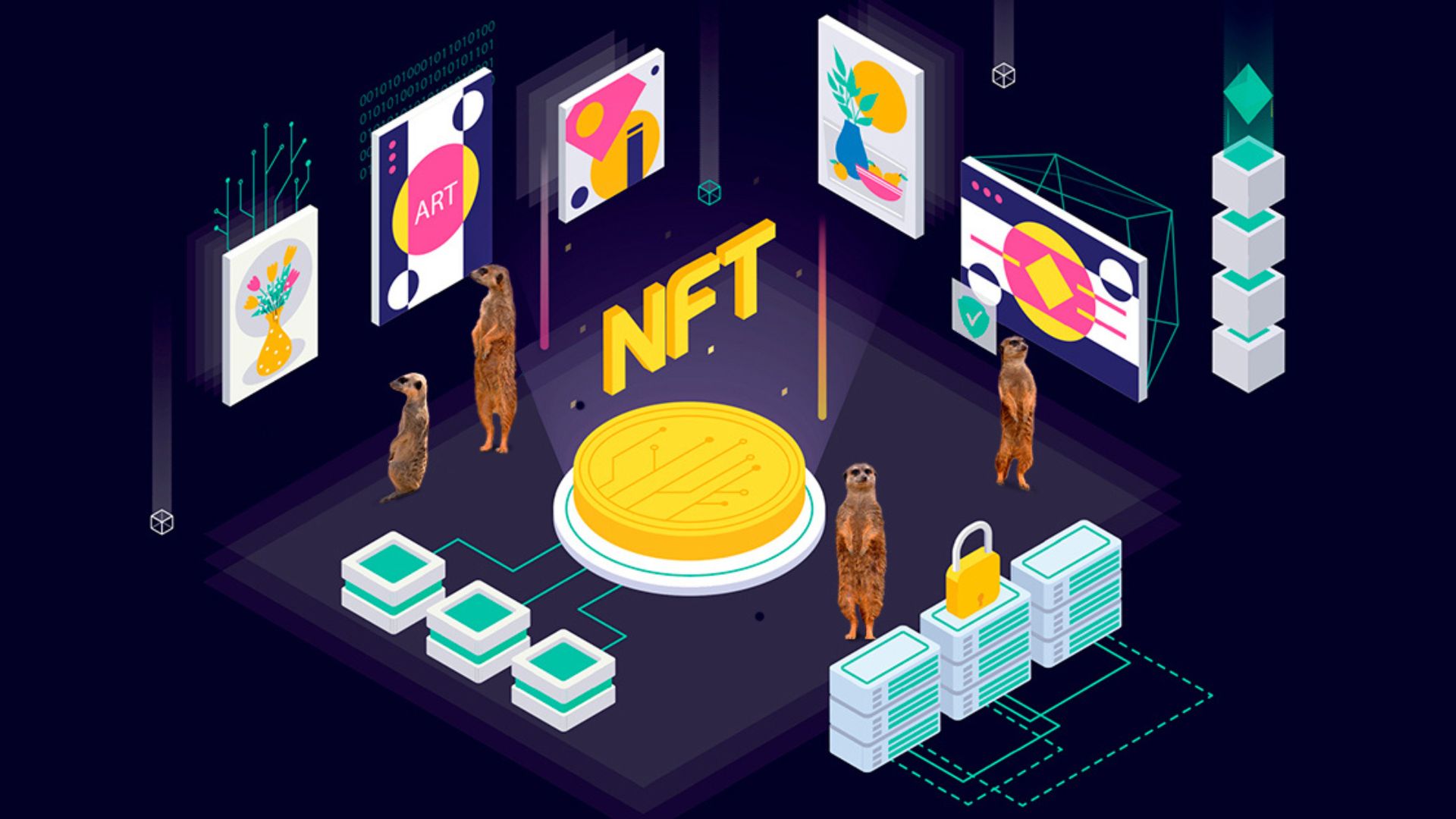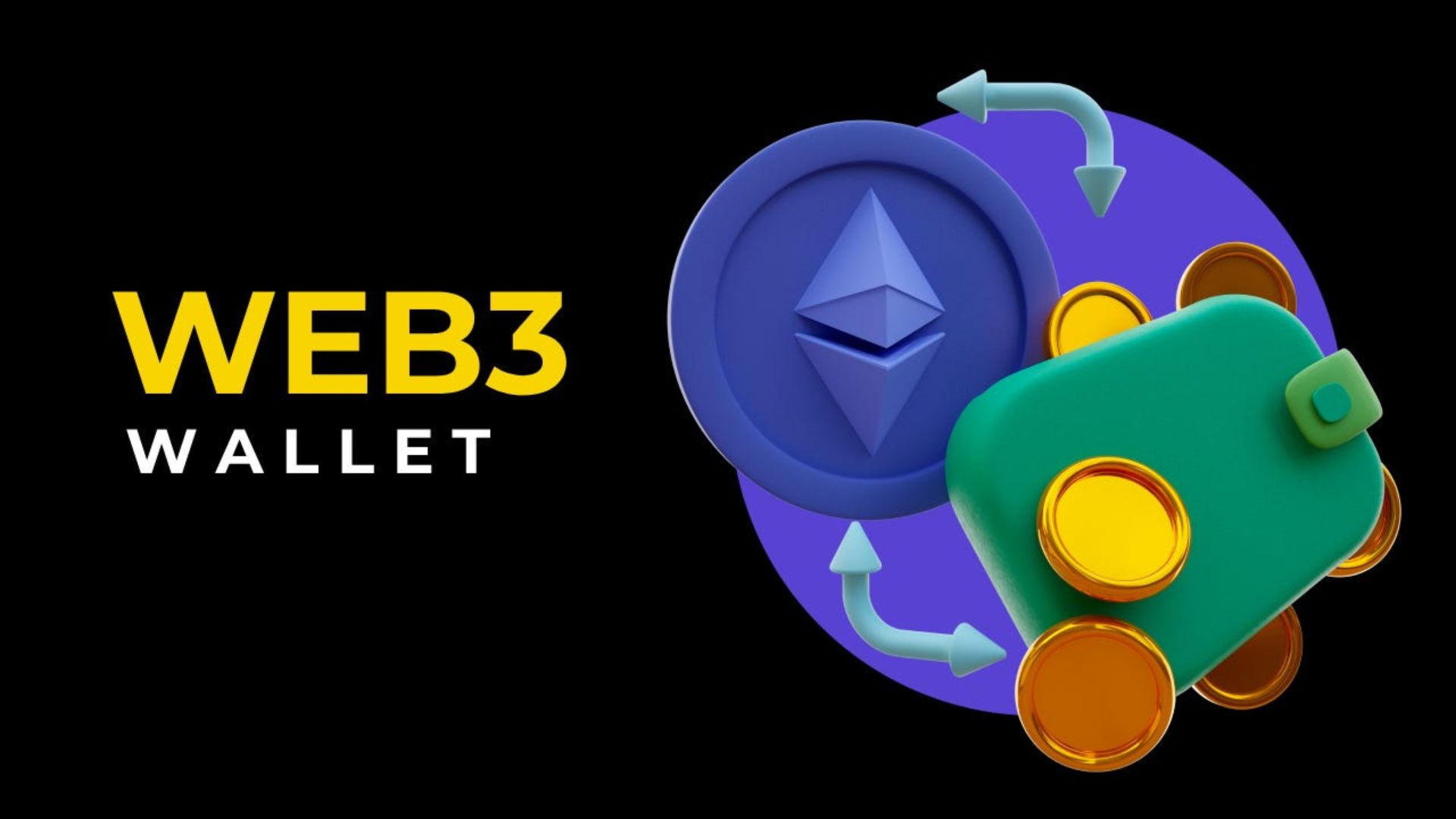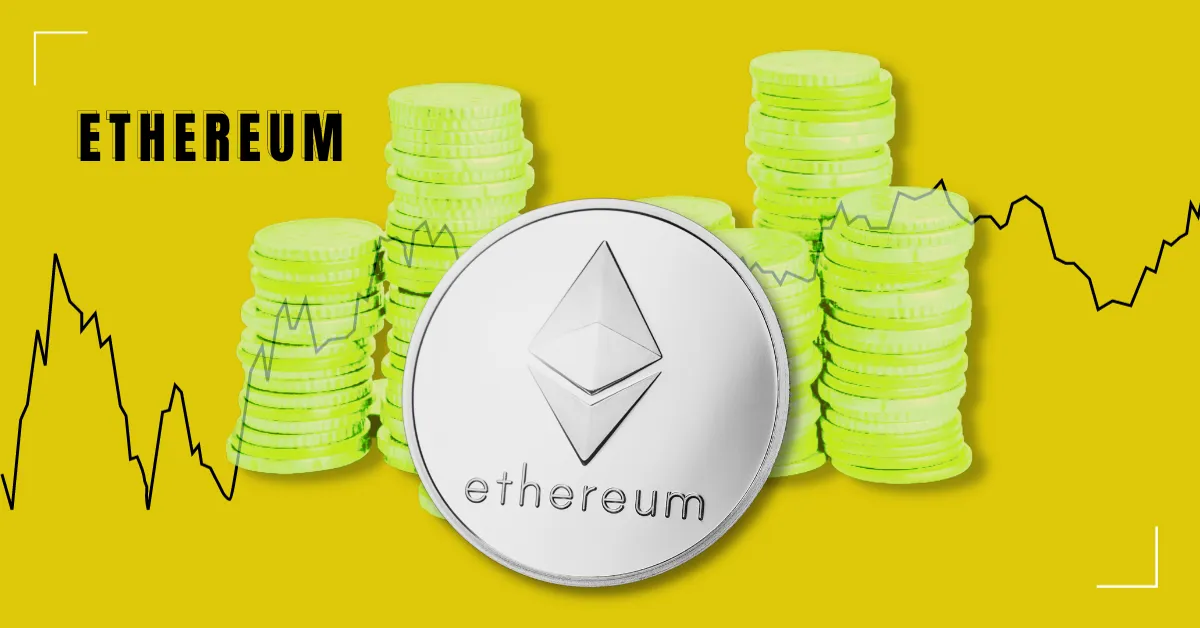Altcoin Exchange 101: A Beginner Guide to Buy and Sell Altcoins
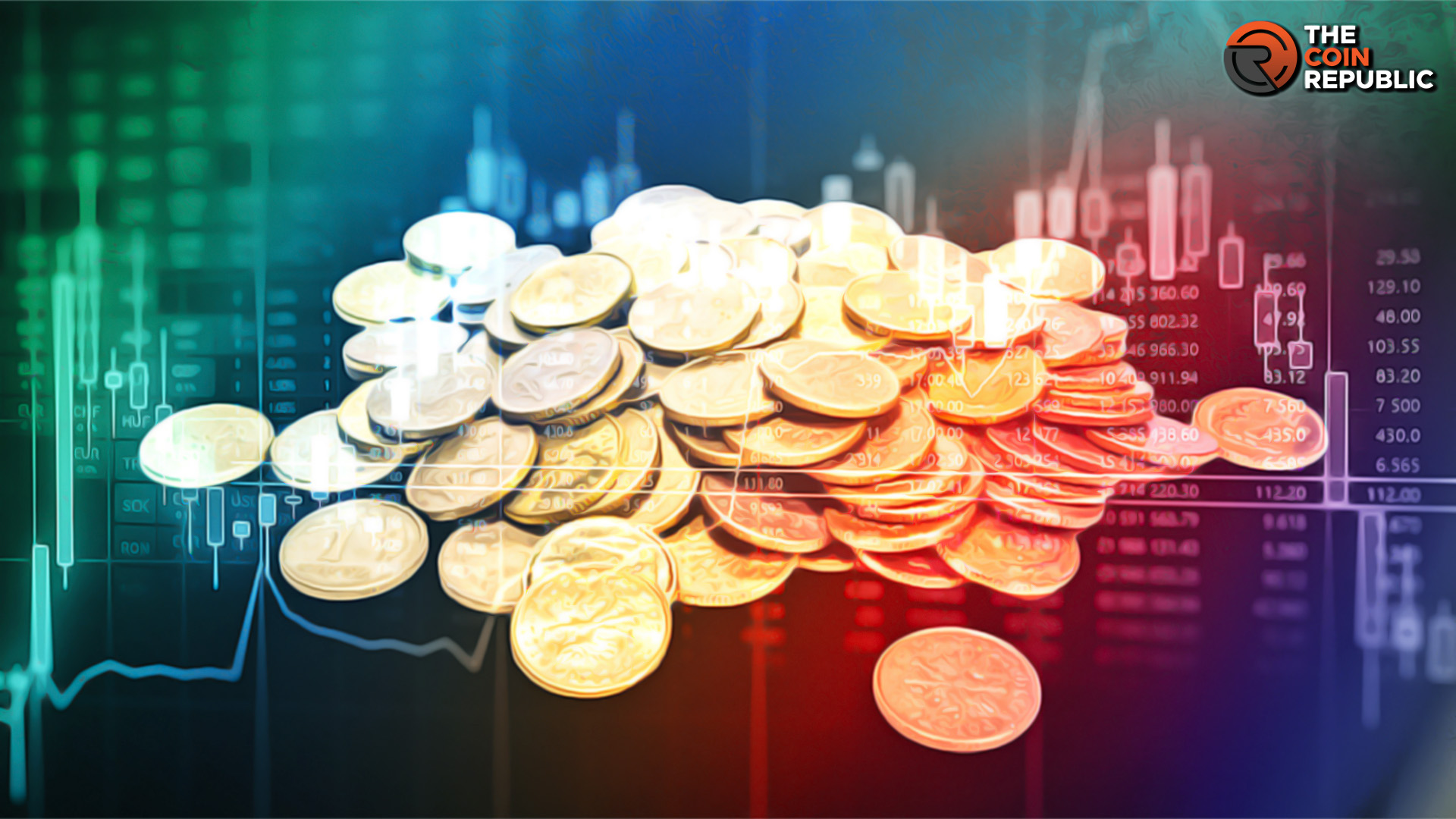
Altcoin Exchange 101: A Beginner Guide to Buy and Sell Altcoins. To compete with Bitcoin BTC $43,091, the most prominent cryptocurrency, altcoins emerged shortly after. Almost 80% of the cryptocurrency market is now dominated by altcoins. Not to mention that there are over 5,000 cryptocurrencies floating around right now. In contrast to more established cryptocurrencies such as Bitcoin and Ethereum (ETH $2,309), investment in altcoins carries a higher degree of uncertainty.
Altcoins allow investors to make a lot of money, particularly if they’re good at making the most of the altcoins they already have. This information might be helpful if you’re interested in investing in cryptocurrencies for the first time. The many topics covered in this article are the definition of an altcoin, several sites for purchasing it, and strategies for selling it, all explained.
What is an Altcoin?
The term “alternative coin” can be shortened to “altcoin.” Litecoin (LTC) $67.91; Uniswap (UNI) $6.17; Dogecoin (DOGE) $0.08; Zcash (ZEC) $22; And Cardano (ADA) $0.520 are all examples of altcoins, which are all cryptocurrencies other than Bitcoin (BTC) $43,025.Numerous cryptocurrencies have entered the market since Bitcoin’s launch in 2009, and new ones appear near-daily. With new privacy features, functionality, and supply schedules, these alternatives started to stray further from Bitcoin’s consensus mechanism.
Additional features offered by altcoins make them more appealing to investors and more valuable than Bitcoin, the original cryptocurrency. The following are a few examples of today’s most popular alternative cryptocurrencies.
Ethereum (ETH)
Regarding market capitalization, Ethereum is the biggest altcoin and the second-largest cryptocurrency behind Bitcoin. Despite this, many investors no longer consider it an altcoin because of its possible price stability; compared to other altcoins, it offers a better risk-adjusted investment and is similar to Bitcoin. Ethereum also pioneered the use of smart contracts in blockchain technology, which led to the development of decentralized finance (DeFi) and the innovative financial tools used today. After all, Ethereum is more of a money protocol than Bitcoin, which is more of a transactional cryptocurrency.
Also, unlike Bitcoin’s foundational layer, Ethereum allows for lending, borrowing, shorting, longing, and other similar operations. In contrast to Bitcoin, Ethereum is a distributed ledger that users may use to create decentralized applications (DApps) with their tokens (ETH).
Litecoin (LTC)

As a derivative of the Bitcoin protocol, Litecoin is sometimes referred to as the silver substitute for Bitcoin’s gold. With its quicker block processing speed and unique hashing algorithm (Scrypt), it can produce four times as much as Bitcoin. But many have written it off as just another pointless Bitcoin fork.
Stellar
The XLM/$0.110 pair Stellar is a cryptocurrency that takes an unusual approach by concentrating on cross-border bank transfers. Stellar converts cryptocurrency to money by utilizing distributed ledger technology (DLT) to facilitate cross-border value exchange.
Ripple (XRP)
Ripple XRP ($0.51) stands out among the many digital payment platforms supporting cryptocurrencies. Also, unlike Bitcoin’s conventional proof-of-work (PoW) mining method, its consensus mechanism is unique, making it one of the most widely used cryptocurrencies.
Uniswap (UNI)
First of its kind, Uniswap runs on the Ethereum network and is a decentralized exchange (DEX). As a result, Uniswap employs the built-in ERC-20 algorithm. Its open-source nature has given rise to other imitators in the market, such as Sushiswap (which operates on both Ethereum and the Binance Smart Chain) and PancakeSwap.
Polkadot (DOT)
Dr. Gavin Wood, a co-founder of Ethereum, is responsible for conceptualizing Polkadot DOT $6.92. Like Cardano, Polkadot relies heavily on peer-to-peer research, making it an attractive blockchain. Polkadot initially launched its experimental features on the Kusama chain for testing, unlike Cardano, which has its test net.
Where can I Buy Altcoins?
Increased market activity is a direct result of the proliferation of alternative cryptocurrencies, which has spurred a development boom in Bitcoin-altcoin exchange platforms. Still, most traders and investors don’t know where to acquire altcoins with smaller market caps. Cryptos were deemed “small-cap” if their market capitalization was less than $1 billion. Organizing cryptocurrencies into groups based on market cap is a good general idea to follow when investing in them. While it is generally true that a higher market cap indicates a more secure investment, this is by no means a rule of thumb, and actual user experiences may differ.
Altcoin Exchange: Buying, holding, and selling altcoins is now possible on many platforms. The features and privacy policies of these platforms vary. Buyer preferences are among the numerous elements determining the best altcoin exchange. On the other hand, many people have lost money because of scams and vulnerabilities used on many different exchanges. As a result, every investor should only deal with trustworthy exchanges.
In addition, investors should take their time finding trustworthy traders if they want to exchange private funds with other investors through direct transactions. Doing thorough research on each platform and trader before committing funds is an excellent approach to safeguard assets. If you’re a novice investor, stick to well-known exchanges such as Coinbase, Binance, KuCoin, eToro, or Crypto.com.
To ensure they can buy the cryptocurrencies they want, customers should look into the exchange markets and the authorized exchanges in their country before purchasing. If you want to save money and not spend more than necessary, it’s a good idea to think about the exchange fees.
How to Buy Altcoins?
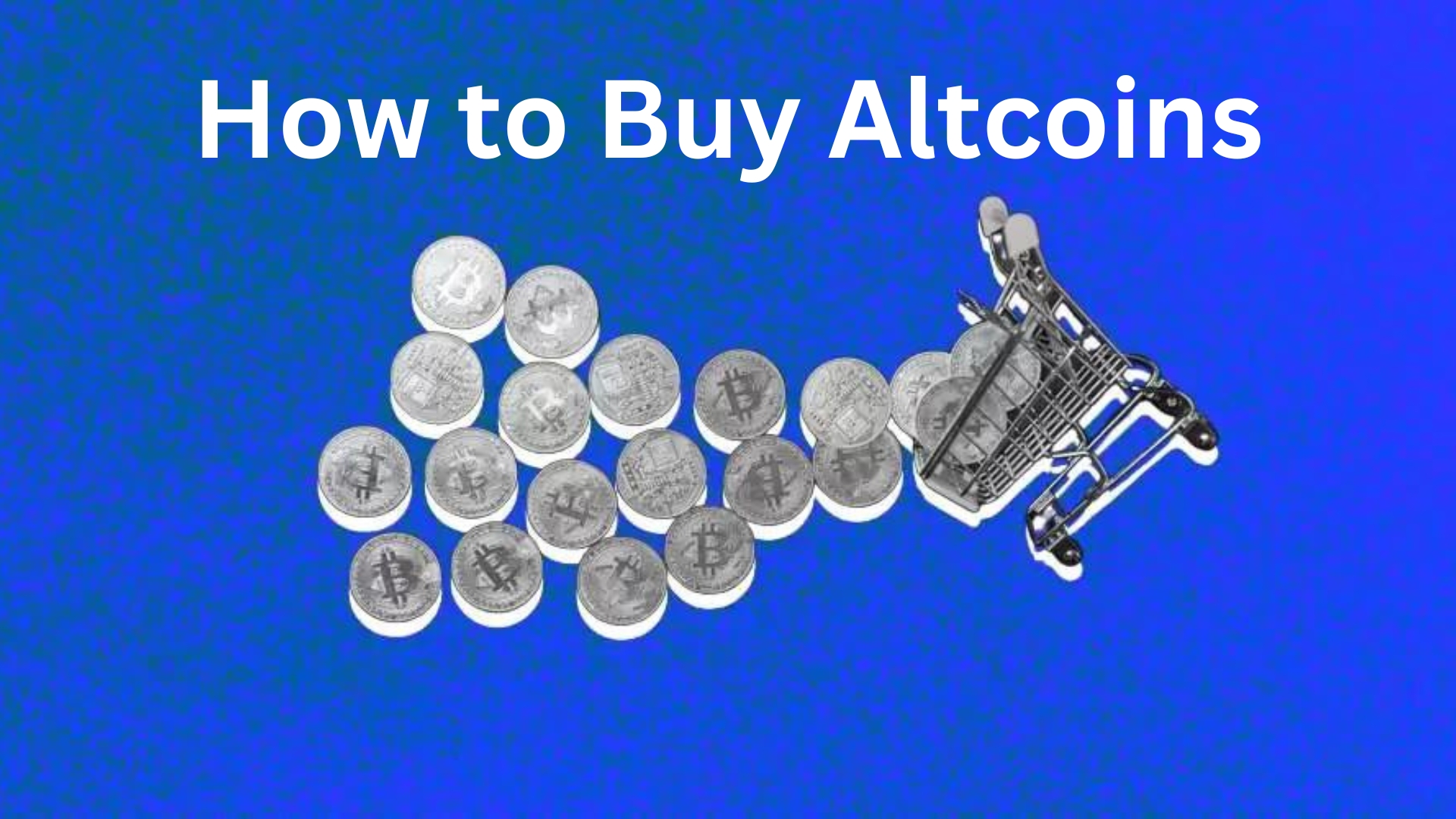
The specifics of how to purchase cryptocurrency on one site could vary slightly from one site to another, but the general procedure is standard and easy to follow. Although novices can buy altcoins on exchanges and avoid scams, experienced traders have the option to buy directly from owners.
Decide on a percentage of portfolio allocation for the investment
While most altcoins are still in their early stages of development, several teams have released coins into circulation before disappearing after draining their allocated funds (a practice known as a rug pull). Consequently, many blockchain ventures fail at an early stage. Buying altcoins is a gamble because there’s a reasonable probability the coin will crash. For investors considering less popular altcoins, dividing a portfolio into many risk tiers is prudent.
Shop around for the most promising coins
There are thousands of cryptocurrencies that investors can choose from. The requirements and preferences of the investor are among the many criteria that determine which is best suited for investment. Therefore, it is in everyone’s best interest to familiarize themselves with cryptocurrencies associated with their preferred projects. They must look at their characteristics and choose the coins that speak to them the most.
Exchange fiat currency for cryptocurrency
Most markets do not allow the purchase of US dollars because they are not fiat on-ramp platforms. This means that investors can’t just buy altcoins on the exchange; they must first purchase cryptocurrencies that the exchange supports. Acquiring coins for an altcoin exchange is easy because many exchanges enable the direct purchase of cryptocurrency using credit cards.
Pick a suitable exchange
After collecting a selection of cryptocurrencies, investors must find altcoin exchanges supporting their preferred cryptocurrency. Due to their ample liquidity and low fraud cases, prominent exchanges are safer for new purchasers to transact. Therefore, locating various cryptocurrency exchanges that provide a suitable trading pair is critical. Users start exchanging coins once they choose a trading pair. However, it would be best if you thought about the following essential questions before making a trade:
-
Is the exchange reputable?
-
Are there any past reports of hacking or bug exploits on the platform?
-
What are their fees compared to competitors?
Pick a currency pair
After that, link the exchange with a Web 3.0 wallet where the cryptocurrencies are stored. If users want to ensure they trade at the optimal time, they should look into the currency pair’s trends and performance over the last month or two before executing the transaction.
Execute the trade
It is time to execute the transaction if the user is ready and the conditions look promising. Before placing an order for the altcoin you want on the exchange, ensure you understand how orders work if this is your first time trading.
Check that the altcoins are already in the wallet
The bitcoin will already be in the wallet after the trade is done. Users may only move money from the exchange to their wallet at centralized exchanges. Apart from liquidity pools, yield farming, and other DeFi tools, DEXs do not hold any funds.
Cold (or “hard” because it’s hardware) and hot wallets are two options for storing cryptocurrency. Hardware wallets like Trezor and Ledger make it hard for hackers to access user funds since they keep private keys on USB-like devices. In contrast, hot wallets are linked and housed online, making them accessible across a variety of platforms such as desktop (Daedalus), web app (Metamask), or mobile (Trust wallet, for example). Hot wallets carry a higher risk of security breaches so that users can enjoy more convenience with less security.
How to Buy Altcoins on Uniswap?
To trade most ERC-20 token standards, Uniswap is the best altcoin exchange program. To begin using Uniswap, visit their website and find the “Launch App” option. After that, download a wallet that supports the “ERC-20” token you want to use, such as Metamask. After the launch, you can trade on the swap website and make market bets on the pool page.
Select the Uniswap version. There are two versions, V1 and V2. V2 is newer and more advanced. Hit “Connect to wallet” to connect with Uniswap. Choose the “Input” Token. Pick the “Output” Token. Add the “address to receive” the purchased tokens. Hit “Add” to send tokens to the preferred address wallet. Swap and the output token should be available in the wallet address.
How to Buy Altcoins on Coinbase
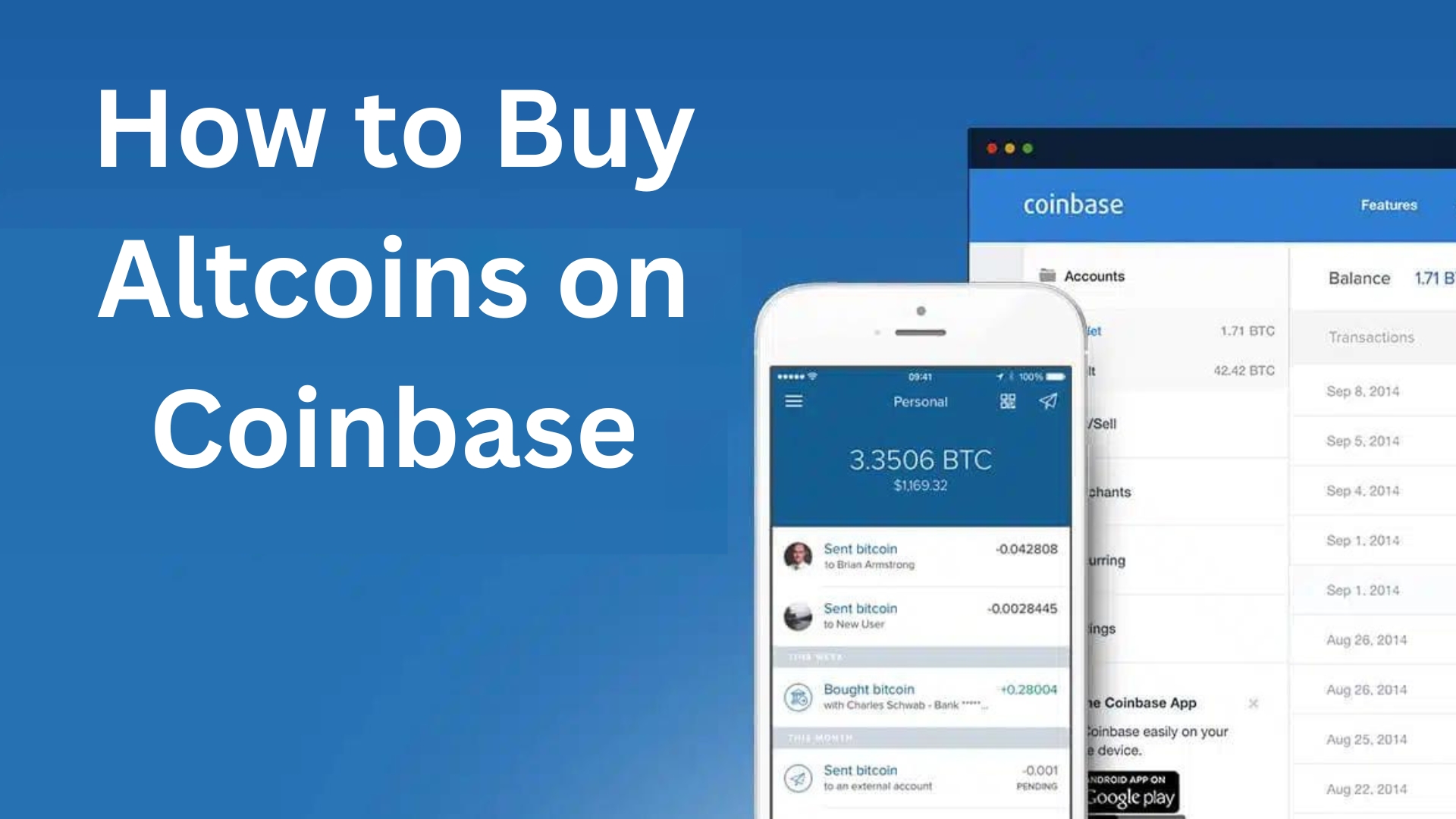
Coinbase allows investors to trade as little as $2 or €2. The following are steps that even first-time investors can use to purchase coins on this platform. On the dashboard, click on the double arrow at the upper-right-hand side of the page. Click “Buy” and then choose the desired Aitcoin for purchase. Enter the amount to purchase Denominated in local currency or crypto. Click on “Preview” to review the details of the transaction. Select “Back” to make any changes. Select “Buy now” to complete the purchase if everything is correct. The “One-Time Purchase” button allows users to schedule recurring purchases. Click on it to modify the frequency of purchases.
How to Buy Altcoins on Binance
Altcoin Exchange: Binance is one of the largest cryptocurrency exchanges, with millions of users worldwide. When using the Binance platform, users must adhere to these requirements to buy cryptocurrency:
Register with Binance, then hit the “Register” button, go to the “List of Crypto Wallets,” and select “Funds”. Click on “Deposit Withdrawal”. Search for the “Wallet Address” and choose the coin to deposit from the list. Click “Deposit” beside the coin of choice to generate the Binance wallet address. Remember, there is an exchange address, so moving these coins to the user’s wallet address and off the exchange once the trade is complete is best. Clock on “Accounts” followed by “Send” to complete the purchase using the owned cryptocurrency. Wait until Binance completes the transfer and the minimum required number of verifications is completed for the on-chain transaction. Users may choose to monitor the transaction details using the txid. Click the “Basic Exchange” button and pick the coin to trade. In the “Exchange” section, check for a live chart of the altcoin deposited into the account and press the “Buy” button.
Ensure there are no mistakes by carefully reviewing all details before completing any order. If you make a mistake when buying coins, you can lose or get coins you didn’t want. Several investors have had their money disappear by sending it to the wrong wallet address.
Most exchange companies have designed extensive purchasing processes to make buying and selling cryptocurrency as simple as pie, even for newcomers. It is always beneficial for users to become well-versed in whatever platforms they intend to utilize. Additionally, they ought to try out the process of purchasing and selling.
How Does a Trader Sell their Altcoins?
The earlier processes for buying altcoins are very similar to those mentioned above for selling them. Having learned how to sign up for an exchange wallet, users may now sell their coins by logging in and following the instructions below. The procedure is the same as when purchasing, but with selling:
Login to the exchange platform, then select the cryptocurrency to sell in the “Markets” tab. Enter the number of tokens to sell and their respective fields’ prices. Check the details, and then click the “Sell” button.
Cryptocurrency Exchanges for Altcoins
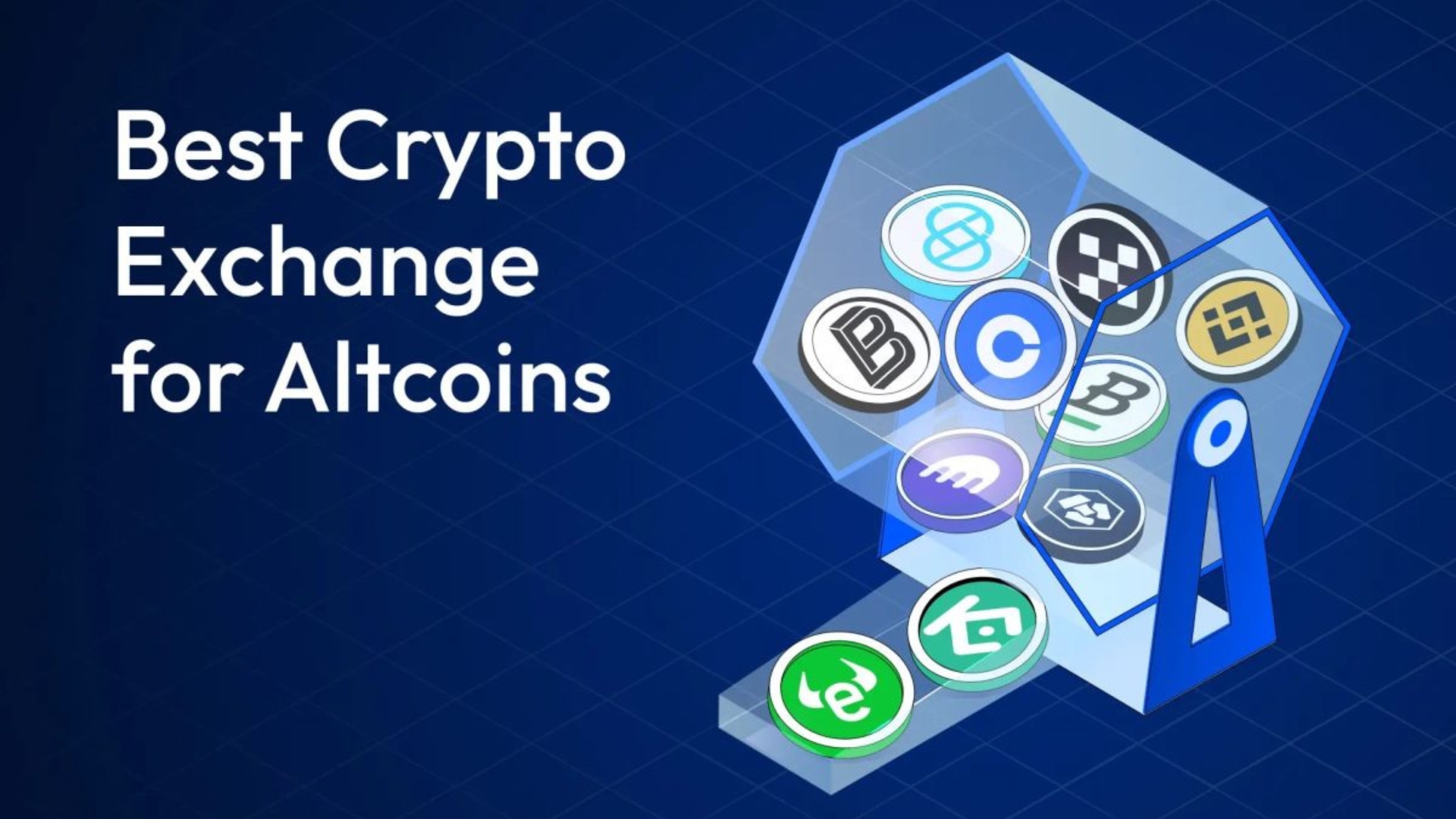
To start trading altcoins, every investor requires a cryptocurrency exchange platform. Users can choose from hundreds of Bitcoin exchanges. But there aren’t many top-tier systems that are known for their reliability. The user’s situation, level of expertise, personal preferences, and trading goals are some elements that should be considered while deciding which ones are best. Users’ needs and tastes dictate which swaps are best; however, here are a few suggestions.
For mobile users: Gemini
Altcoin Exchange: Stylish and compatible with iOS and Android, Gemini has a mobile app right out of the box. You can keep tabs on your assets and manage your wallets from anywhere with the Gemini app. Not only does Gemini support Bitcoin and up to 25 altcoins, but the crypto exchange also comes with an insured wallet, adding an extra degree of security.
For active investors: eToro
Connecting users and facilitating idea sharing, the eToro crypto exchange boasts a social media platform. For many novice investors wary of plunging headfirst into the crypto-infested waters, its user-friendly interface is the way to go. In addition, eToro has a CopyTrader function that lets users mimic the allocation of their portfolios based on the eToro traders who have been most successful.
For users who want crypto-back rewards: Crypto.com
You may save, send, and receive up to 90 different cryptocurrencies on Crypto.com. An additional perk is a Visa card that allows users to pay with cryptocurrency and earn a rebate of up to 8%. Crypto Earn, Crypto Credit, a DeFi wallet, and many more items are available from this company. If you’re an investor looking to speed up the expansion of the cryptocurrency market, Crypto.com is the place for you. They offer a variety of products and services to help newcomers get started with cryptocurrency.
For altcoin micro-caps: KuCoin
Although it lacks the scale of Binance and Coinbase, KuCoin Exchange provides an experience that is competitive with those platforms. Take Kucoin’s trading bot as an example; it provides four automated techniques that novice and seasoned traders can use. One reason for the exchange’s success is its wide selection of smaller-cap coins, which aren’t found on larger platforms. KuCoin also provides alternatives for passive revenue, such as soft staking. It also has its currency, KCS, and its holders get perks, including lower trading fees and other perks.
For altcoin variety: Binance
Traders interested in passive income can use Binance’s many built-in features and support for hundreds of altcoins. In addition, it’s a rare cryptocurrency exchange that lets you trade in Tether USDT $1.00 and USD and BTC. Investors can use Binance Coin, BNB $303, to pay for transfer fees and buy financial derivatives in some places.
Are Altcoins the Right Investment for Crypto Users?

Altcoin Exchange: Cryptocurrency carries the same inherent dangers as investing in any other asset class. However, unlike more established markets, new ones are inherently volatile, providing many profit opportunities. Even if there appears to be less danger with “more stable” altcoins like Ethereum, there is no assurance that an investment will produce higher profits. Users should not put more money than they can afford to lose into altcoins, particularly the more speculative ones. One advantage of investing in cryptocurrencies is that they have more potential for growth. Another benefit is that certain altcoins have interesting practical applications and show promise.
Investors in alternative cryptocurrencies should be mindful of a few additional dangers. The market is flooded with thousands of options, making it difficult to avoid being too diverse. Slippage, transaction costs, and potential issues with selling could arise due to low liquidity. Almost anyone can launch an altcoin. Security vulnerabilities may exist in DApps that are developed at home.
Future Outlook
The motivations for the purchase, risk aversion, and other considerations determine whether people should invest in altcoins. Wall Street investors often declare, “Volatility is our friend.” As a general rule, altcoin values tend to mirror those of Bitcoin; thus, when the price goes up or down, altcoin values also tend to go down (after ETH, of course). Still, consumers must be wary when choosing which altcoin to put their money into.
While the general trend of cryptocurrency price increases is encouraging, unsuccessful projects will inevitably crash. Plus, the novelty of most new endeavors wears off fast. Conversely, investors should pay more attention to stable altcoin projects that have endured, such as Polygon, Cardano, Polkadot, and Ethereum.
